Home>Furniture & Design>Bathroom Accessories>How To Increase Water Pressure In Bidet
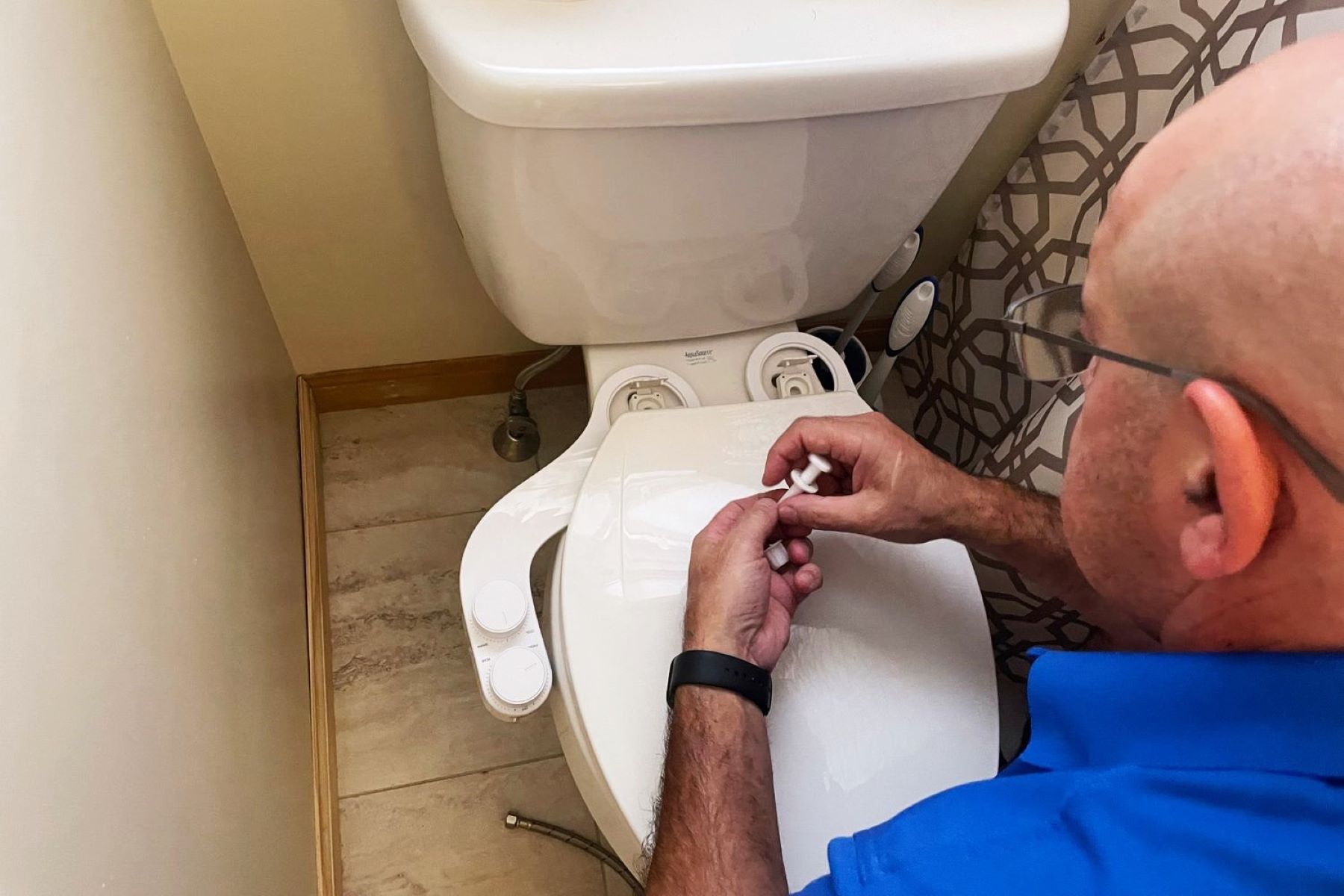

Bathroom Accessories
How To Increase Water Pressure In Bidet
Modified: October 20, 2024
Discover effective ways to increase water pressure in your bidet and improve your bathroom experience with the right bathroom accessories. Explore expert tips and solutions now!
(Many of the links in this article redirect to a specific reviewed product. Your purchase of these products through affiliate links helps to generate commission for Storables.com, at no extra cost. Learn more)
Introduction
Low water pressure in a bidet can be a frustrating and inconvenient issue that affects the overall functionality and comfort of your bathroom experience. Whether you're dealing with a weak stream of water or a slow fill rate, addressing low water pressure is essential for optimizing the performance of your bidet. Fortunately, there are several effective methods to increase water pressure and ensure a more satisfying and efficient cleansing experience.
In this comprehensive guide, we will explore the common causes of low water pressure in bidets and provide practical solutions to help you enhance the water flow in your bathroom. From identifying potential obstructions to adjusting the water pressure regulator and exploring advanced options such as water pressure booster pumps and high-pressure bidet attachments, we will cover a range of strategies to elevate the water pressure in your bidet.
By understanding the underlying factors contributing to low water pressure and implementing the appropriate remedies, you can elevate the functionality and comfort of your bidet, ultimately enhancing your daily routine and overall bathroom experience. Let's delve into the details and discover how to effectively increase water pressure in your bidet for a more satisfying and rejuvenating cleansing experience.
Key Takeaways:
- Say goodbye to low water pressure in your bidet! Clear blockages and adjust the regulator to boost water flow, or upgrade to a high-pressure bidet attachment for a satisfying bathroom experience.
- Don’t let low water pressure dampen your bidet experience. Clear blockages, adjust the regulator, or install a water pressure booster pump for a refreshing and invigorating cleansing routine.
Read more: How To Increase Water Pressure In Sink
Understanding the Causes of Low Water Pressure
Low water pressure in a bidet can stem from various underlying factors, each of which can impact the overall performance and functionality of the device. Understanding these causes is crucial for effectively addressing the issue and restoring optimal water flow in your bidet. Here are some common factors that contribute to low water pressure:
-
Water Supply Issues: In some cases, low water pressure in a bidet may be attributed to inadequate water supply from the main source. This can occur due to municipal water supply issues, such as high demand during peak hours or maintenance-related disruptions. Additionally, older properties with outdated plumbing systems may experience reduced water pressure due to deteriorating pipes or insufficient water flow from the source.
-
Pipe Blockages: Accumulated debris, sediment, or mineral deposits within the plumbing system can obstruct the flow of water to the bidet, resulting in diminished water pressure. Over time, mineral buildup, commonly known as limescale, can restrict water flow and lead to reduced pressure in the bidet. This is particularly common in areas with hard water, where mineral deposits tend to accumulate within the pipes and fixtures.
-
Faulty Pressure Regulator: The water pressure regulator, which controls the flow of water into the bidet, may malfunction or become misadjusted, leading to inadequate water pressure. A faulty regulator can impede the proper distribution of water, resulting in reduced pressure and suboptimal performance of the bidet.
-
Inadequate Plumbing Design: Poorly designed or outdated plumbing systems can contribute to low water pressure in bidets. Factors such as narrow pipes, improper pipe sizing, or inefficient water distribution within the plumbing network can restrict the flow of water to the bidet, resulting in diminished water pressure.
By recognizing these potential causes of low water pressure in bidets, you can take proactive steps to diagnose and address the underlying issues. Identifying the specific factors contributing to low water pressure is essential for implementing targeted solutions that will effectively enhance the water flow in your bidet, ultimately improving its performance and your overall bathroom experience.
Checking for Blockages and Obstructions
One of the primary culprits behind low water pressure in a bidet is the presence of blockages and obstructions within the plumbing system. Over time, mineral deposits, sediment, and debris can accumulate within the pipes, restricting the flow of water and diminishing the overall water pressure. To address this issue, it is essential to conduct a thorough inspection of the plumbing system to identify and eliminate any blockages that may be impeding the water flow to the bidet.
Steps to Identify and Address Blockages:
-
Inspecting the Water Supply Lines: Begin by examining the water supply lines that feed into the bidet. Check for any visible signs of blockages, such as mineral buildup or sediment accumulation. If you notice any obstructions, carefully remove them to restore the unobstructed flow of water.
-
Cleaning the Aerators and Filters: The aerators and filters in the bidet's nozzle or spray head can also become clogged with debris and mineral deposits, leading to reduced water pressure. Remove these components and clean them thoroughly to ensure unobstructed water flow.
-
Flushing the Pipes: In cases where mineral buildup is suspected within the plumbing system, flushing the pipes can help dislodge and remove accumulated debris. This can be achieved by temporarily disconnecting the bidet and allowing a strong flow of water to pass through the pipes, effectively clearing any obstructions.
-
Utilizing Descaling Solutions: For persistent mineral deposits and limescale buildup, consider using descaling solutions specifically designed to dissolve and remove mineral deposits from the plumbing system. These solutions can help restore optimal water flow and alleviate low water pressure issues.
By systematically checking for blockages and obstructions within the plumbing system, you can effectively address one of the primary causes of low water pressure in a bidet. Removing accumulated debris, sediment, and mineral deposits will facilitate improved water flow, resulting in enhanced water pressure and overall performance of the bidet. This proactive approach to maintaining a clear and unobstructed plumbing system is essential for ensuring a consistent and satisfying water pressure in your bidet, ultimately contributing to a more enjoyable and rejuvenating bathroom experience.
Adjusting the Water Pressure Regulator
The water pressure regulator plays a pivotal role in controlling the flow of water to various fixtures and appliances in a home, including bidets. When the water pressure regulator is not properly adjusted, it can result in inadequate water pressure, impacting the performance of the bidet. Fortunately, adjusting the water pressure regulator can be an effective solution for increasing water pressure and optimizing the functionality of the bidet.
To begin the process of adjusting the water pressure regulator, it is important to locate the regulator within the plumbing system. In many homes, the water pressure regulator is situated near the main water supply line or the point of entry where the municipal water connects to the property's plumbing network. Once the regulator is located, the following steps can be taken to adjust it and enhance the water pressure for the bidet:
-
Assessing the Current Pressure Setting: Before making any adjustments, it is essential to determine the existing pressure setting on the regulator. This can be achieved using a pressure gauge, which is readily available at hardware stores. By attaching the pressure gauge to a water outlet and observing the reading, you can ascertain the current water pressure level.
-
Adjusting the Regulator: Most water pressure regulators feature a screw or bolt that can be turned to increase or decrease the pressure setting. Carefully use a suitable tool, such as a wrench or screwdriver, to make incremental adjustments to the regulator. It is important to exercise caution and make gradual changes to avoid sudden spikes in water pressure, which can potentially cause damage to the plumbing system and fixtures.
-
Testing the Water Pressure: After making adjustments to the regulator, it is crucial to test the water pressure to gauge the impact of the changes. Turn on the bidet and assess the water flow to determine if the pressure has improved. Additionally, you can use the pressure gauge once again to verify the adjusted pressure level and ensure that it falls within the recommended range for optimal performance.
-
Fine-Tuning as Needed: If the initial adjustments do not yield the desired water pressure, further fine-tuning of the regulator may be necessary. Repeat the process of assessing the pressure setting, making incremental adjustments, and testing the water pressure until the optimal flow rate is achieved.
By carefully adjusting the water pressure regulator, you can effectively enhance the water pressure in the bidet, resulting in improved functionality and a more satisfying cleansing experience. This proactive approach to regulating water pressure ensures that the bidet receives an adequate flow of water, contributing to its overall performance and your comfort in the bathroom.
Read more: How To Increase Water Pressure At Showerhead
Installing a Water Pressure Booster Pump
When conventional methods such as adjusting the water pressure regulator and clearing blockages prove insufficient in addressing low water pressure in a bidet, installing a water pressure booster pump emerges as a viable solution. A water pressure booster pump is designed to augment the water pressure within a plumbing system, ensuring a consistent and adequate flow of water to various fixtures, including bidets. This advanced yet effective approach can significantly elevate the water pressure in the bidet, ultimately enhancing its performance and the overall bathroom experience.
The installation process for a water pressure booster pump involves several key steps to ensure seamless integration and optimal functionality. Here's a detailed overview of the installation process:
-
Selecting the Appropriate Pump: Begin by selecting a water pressure booster pump that is compatible with the specifications of your plumbing system and aligns with the desired level of water pressure enhancement. Consider factors such as the pump's flow rate, pressure capacity, and power requirements to ensure a suitable match for your bidet and overall plumbing setup.
-
Locating the Installation Site: Identify an appropriate location within the plumbing system to install the booster pump. This may involve positioning the pump near the main water supply line or in close proximity to the bidet to facilitate efficient water distribution and pressure enhancement.
-
Preparing the Plumbing System: Prior to installing the booster pump, it is essential to prepare the plumbing system by shutting off the main water supply and draining any residual water from the pipes. This ensures a safe and controlled environment for integrating the pump into the existing plumbing network.
-
Mounting the Pump: Securely mount the water pressure booster pump in the designated location, ensuring that it is positioned stably and securely within the plumbing system. Follow the manufacturer's guidelines and recommendations for proper pump installation to optimize its performance and longevity.
-
Connecting the Plumbing Lines: Establish the necessary connections between the booster pump and the existing plumbing lines, ensuring a seamless integration that facilitates the enhanced flow of water to the bidet. Pay careful attention to the inlet and outlet connections, as well as any additional components such as pressure tanks or control valves that may be included in the installation setup.
-
Electrical Wiring and Power Supply: If the booster pump requires electrical power, carefully connect the necessary wiring to the pump and ensure a reliable power supply. Adhere to electrical safety protocols and local regulations when handling the wiring and power connections to guarantee a secure and compliant installation.
-
Testing and Calibration: Once the booster pump is installed and connected, conduct thorough testing to verify its functionality and the resulting water pressure in the bidet. Fine-tune the pump's settings and pressure levels as needed to achieve the desired water flow and pressure enhancement.
By following these comprehensive installation steps, you can effectively integrate a water pressure booster pump into your plumbing system, significantly increasing the water pressure in the bidet and elevating its overall performance. This advanced solution offers a reliable and long-term approach to addressing low water pressure, ensuring a consistent and satisfying cleansing experience in the bathroom.
Upgrading to a High-Pressure Bidet Attachment
Upgrading to a high-pressure bidet attachment presents a compelling solution for addressing low water pressure issues and enhancing the overall cleansing experience in the bathroom. Unlike traditional bidet fixtures, high-pressure bidet attachments are specifically designed to deliver a powerful and targeted stream of water, ensuring thorough cleansing and optimal comfort. By transitioning to a high-pressure bidet attachment, individuals can effectively overcome the limitations of low water pressure and enjoy a rejuvenating and hygienic bathroom experience.
The process of upgrading to a high-pressure bidet attachment involves several key considerations and steps to ensure a seamless transition and maximize the benefits of enhanced water pressure. Here's a detailed exploration of the upgrade process:
Selecting the High-Pressure Bidet Attachment
Begin the upgrade process by selecting a high-quality high-pressure bidet attachment that aligns with your specific preferences and requirements. Consider factors such as adjustable water pressure settings, nozzle configurations, and additional features such as pulsating or oscillating spray options. By choosing a high-pressure bidet attachment that offers customizable settings and a focused stream of water, you can tailor the cleansing experience to your individual comfort and hygiene needs.
Compatibility Assessment
Before proceeding with the upgrade, assess the compatibility of the selected high-pressure bidet attachment with your existing toilet fixture. Ensure that the attachment is compatible with the toilet's design and dimensions, and verify that the installation process will not pose any logistical challenges. Additionally, consider the water supply requirements and ensure that the bidet attachment can effectively operate within the existing plumbing setup.
Installation and Integration
Carefully follow the manufacturer's installation guidelines and recommendations to seamlessly integrate the high-pressure bidet attachment with your toilet fixture. This typically involves attaching the bidet attachment to the existing water supply line and securing it to the toilet seat or bowl. Pay close attention to the proper positioning of the attachment's nozzle to ensure optimal coverage and effective water delivery during use.
Testing and Adjustment
Upon completing the installation, thoroughly test the high-pressure bidet attachment to evaluate its performance and water pressure capabilities. Adjust the water pressure settings as needed to achieve the desired level of force and coverage, ensuring that the upgraded bidet attachment delivers a powerful and invigorating cleansing experience.
By upgrading to a high-pressure bidet attachment, individuals can overcome the challenges of low water pressure and elevate their bathroom experience. The enhanced water pressure and targeted stream of water provided by the high-pressure bidet attachment contribute to improved hygiene, comfort, and overall satisfaction, making it a valuable investment for optimizing the functionality of the bidet.
Check the water supply valve to make sure it’s fully open. Clean the bidet’s filter to remove any debris that may be blocking the water flow. If the pressure is still low, consider installing a water pressure booster pump.
Conclusion
In conclusion, addressing low water pressure in a bidet is essential for optimizing its performance and ensuring a satisfying and rejuvenating bathroom experience. By understanding the common causes of low water pressure, including water supply issues, pipe blockages, faulty pressure regulators, and inadequate plumbing design, individuals can take proactive steps to diagnose and resolve the underlying issues. From checking for blockages and obstructions within the plumbing system to adjusting the water pressure regulator and exploring advanced solutions such as water pressure booster pumps and high-pressure bidet attachments, there are various effective strategies for increasing water pressure in a bidet.
Clearing blockages and obstructions within the plumbing system is a fundamental step in addressing low water pressure. By inspecting water supply lines, cleaning aerators and filters, flushing the pipes, and utilizing descaling solutions, individuals can effectively remove accumulated debris, sediment, and mineral deposits, thereby facilitating improved water flow and enhanced water pressure in the bidet.
Adjusting the water pressure regulator offers a targeted approach to optimizing water pressure for the bidet. By carefully assessing the current pressure setting, making incremental adjustments, and testing the water pressure, individuals can ensure that the bidet receives an adequate flow of water, contributing to its overall performance and the comfort of users.
For cases where conventional methods may not suffice, installing a water pressure booster pump presents a reliable solution. By selecting an appropriate pump, preparing the plumbing system, mounting the pump, and conducting thorough testing and calibration, individuals can significantly increase the water pressure in the bidet, ensuring a consistent and satisfying cleansing experience.
Furthermore, upgrading to a high-pressure bidet attachment offers a compelling solution for overcoming low water pressure issues. By selecting a suitable attachment, assessing compatibility, performing a seamless installation, and testing and adjusting the water pressure settings, individuals can enjoy the benefits of a powerful and targeted stream of water, enhancing hygiene and comfort in the bathroom.
Incorporating these strategies and solutions empowers individuals to address low water pressure in bidets effectively, ultimately elevating the functionality and comfort of their bathroom experience. By taking proactive measures to increase water pressure in bidets, individuals can enjoy a consistent and invigorating cleansing experience, contributing to overall well-being and satisfaction in their daily routines.
Now that you've learned how to optimize water pressure in your bidet, why stop there? Maintaining your home ensures comfort and saves costs in the long run. Dive into our next feature on crucial upkeep tasks every homeowner should perform. You'll find practical advice that simplifies even complex maintenance routines, making sure your living space stays in peak condition.
Frequently Asked Questions about How To Increase Water Pressure In Bidet
Was this page helpful?
At Storables.com, we guarantee accurate and reliable information. Our content, validated by Expert Board Contributors, is crafted following stringent Editorial Policies. We're committed to providing you with well-researched, expert-backed insights for all your informational needs.
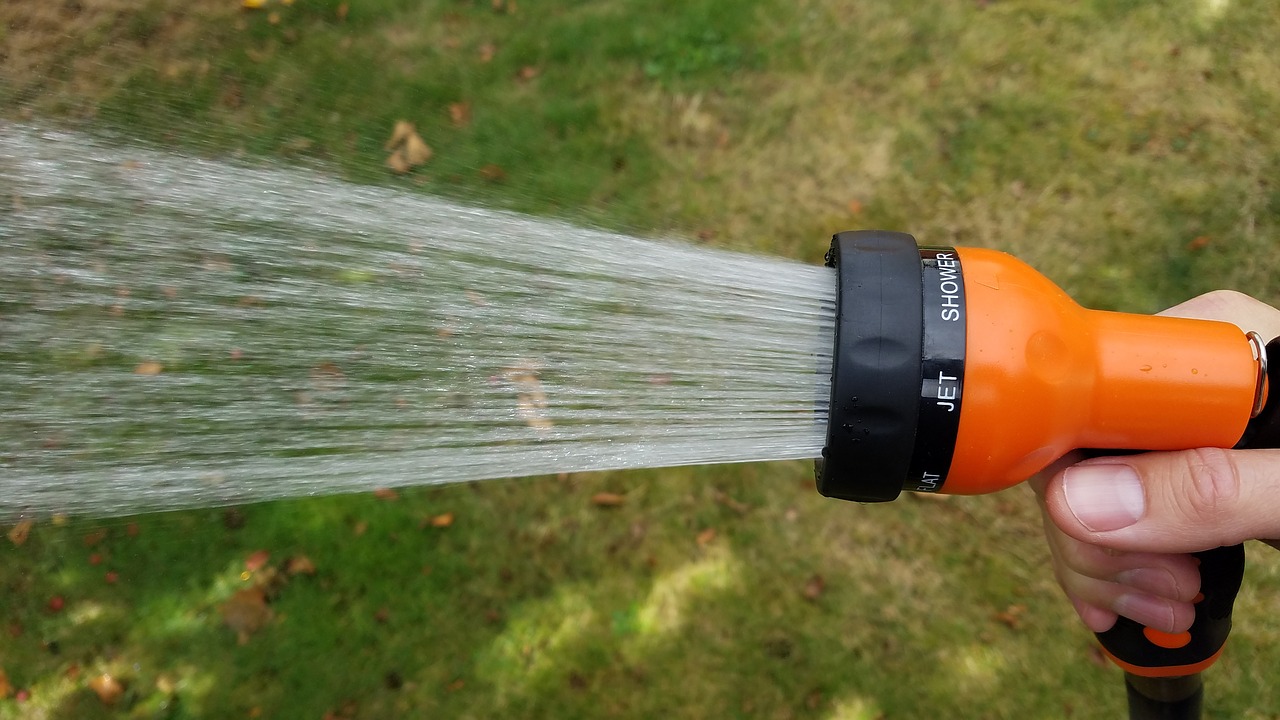

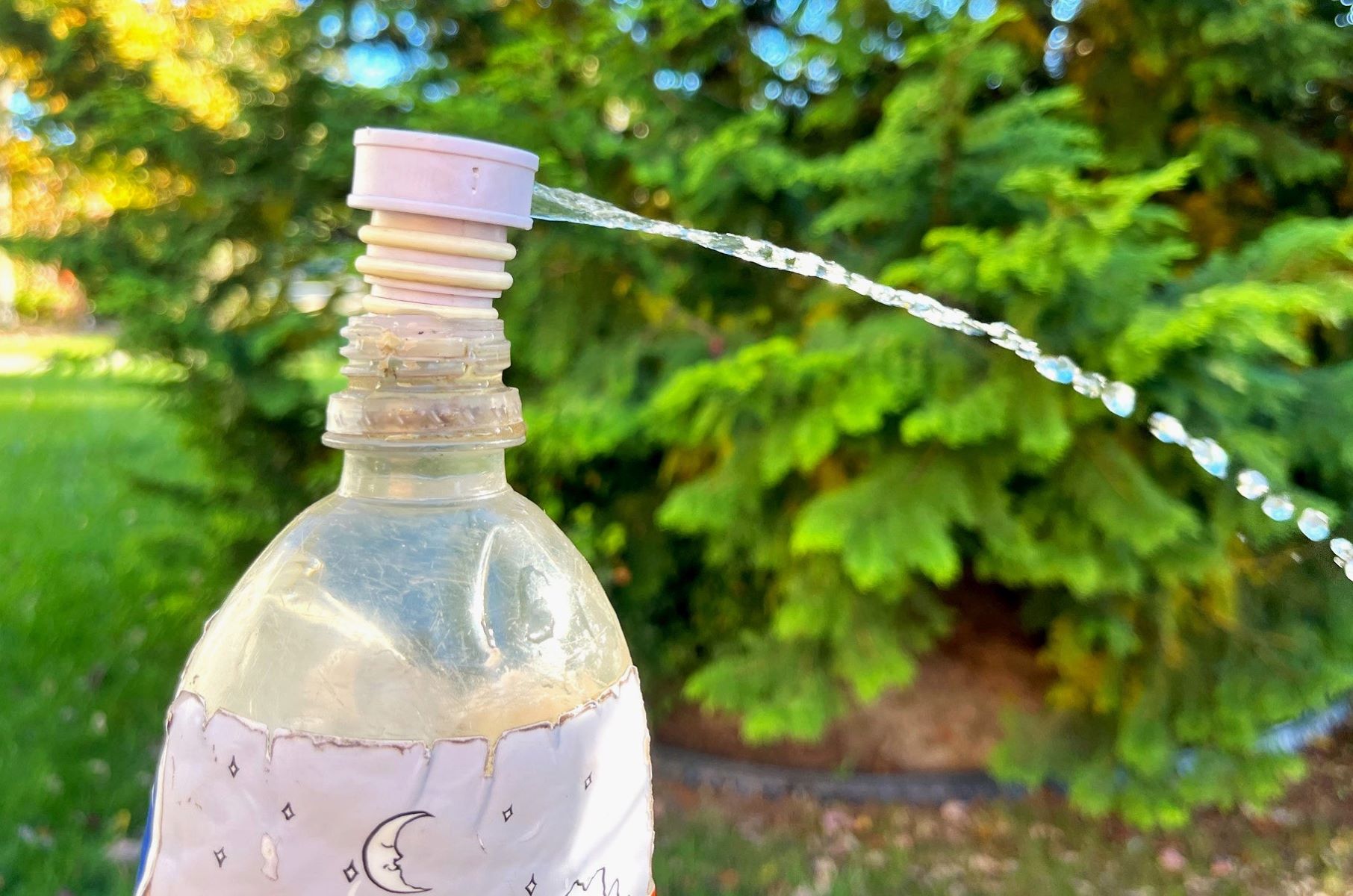
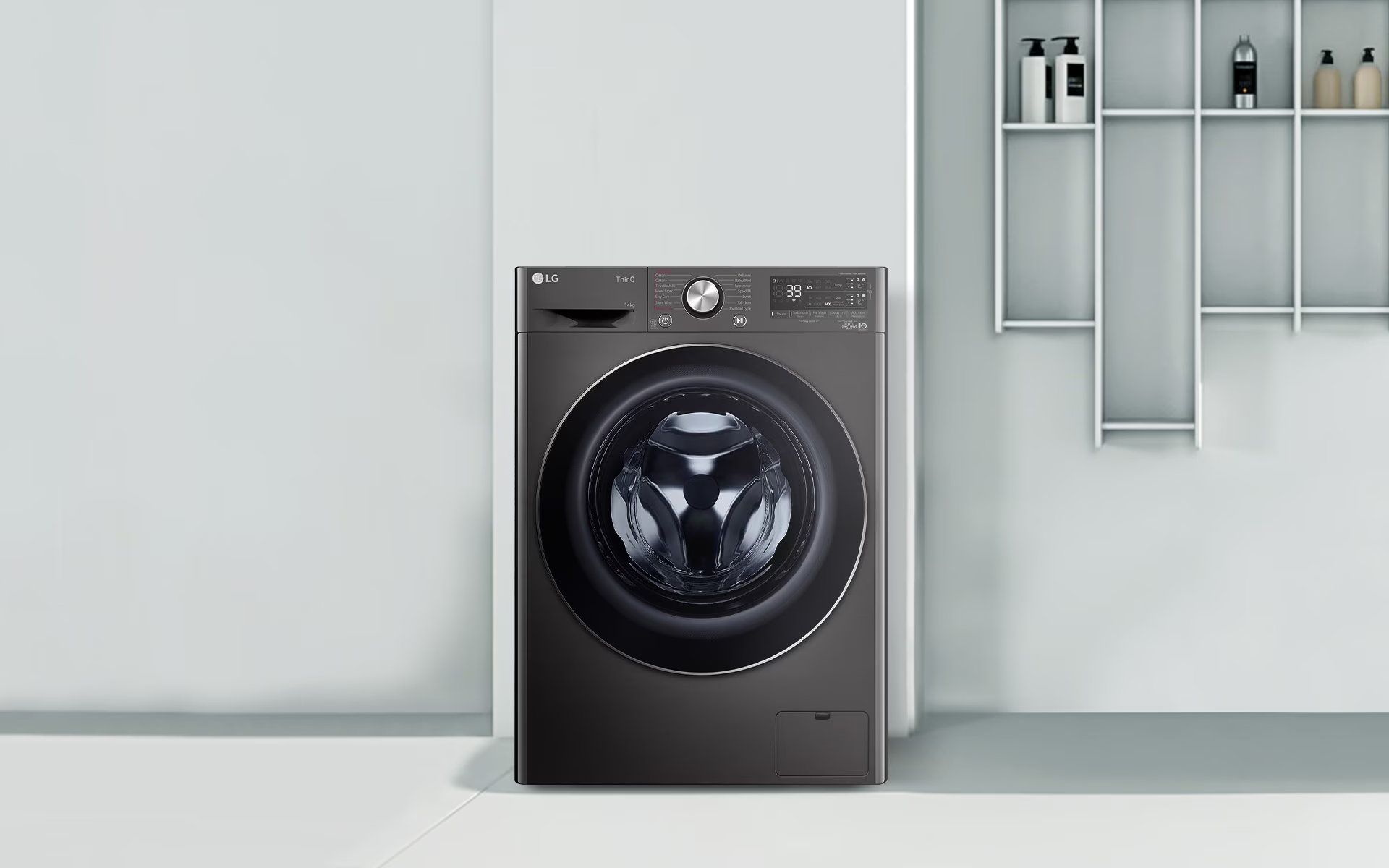
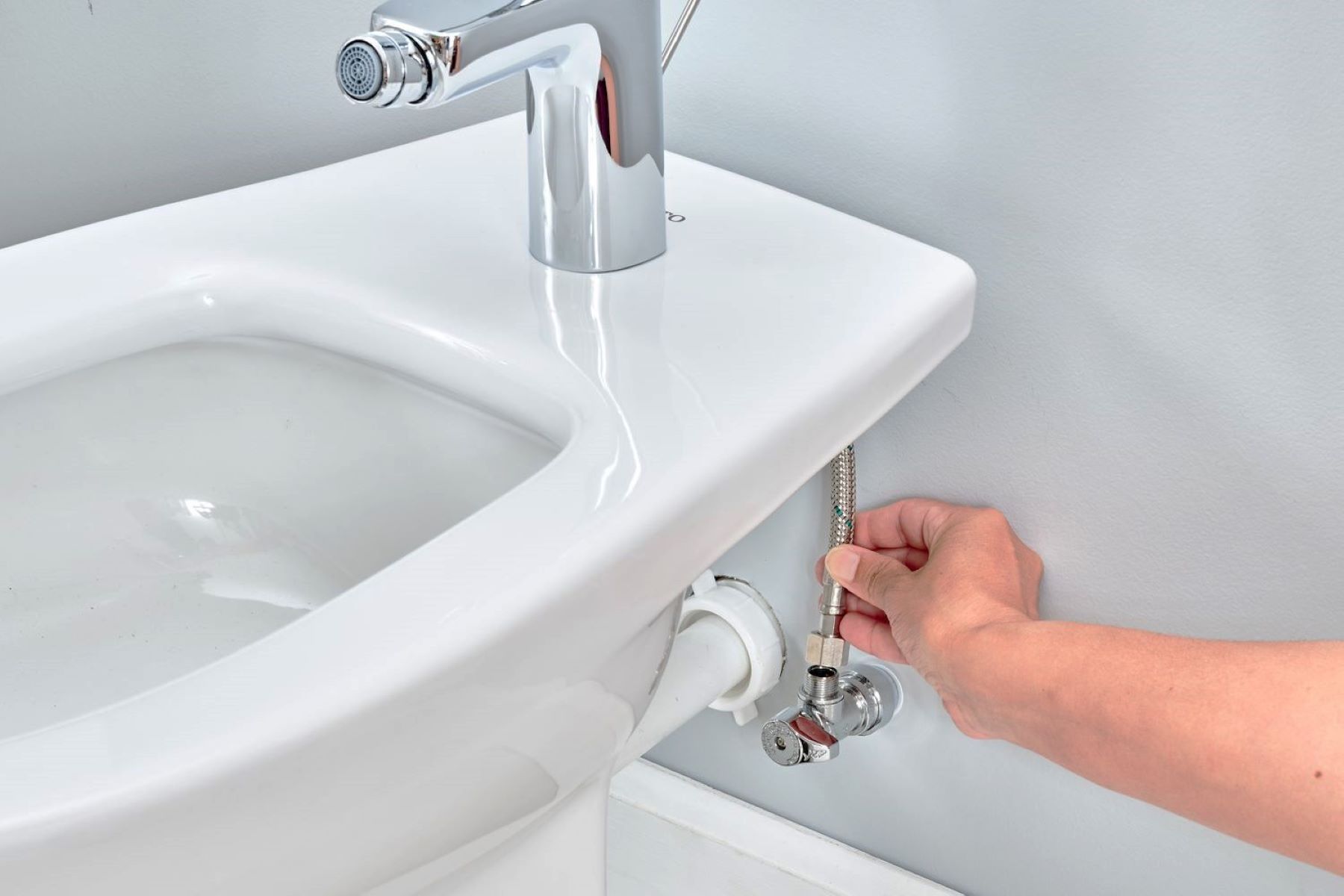
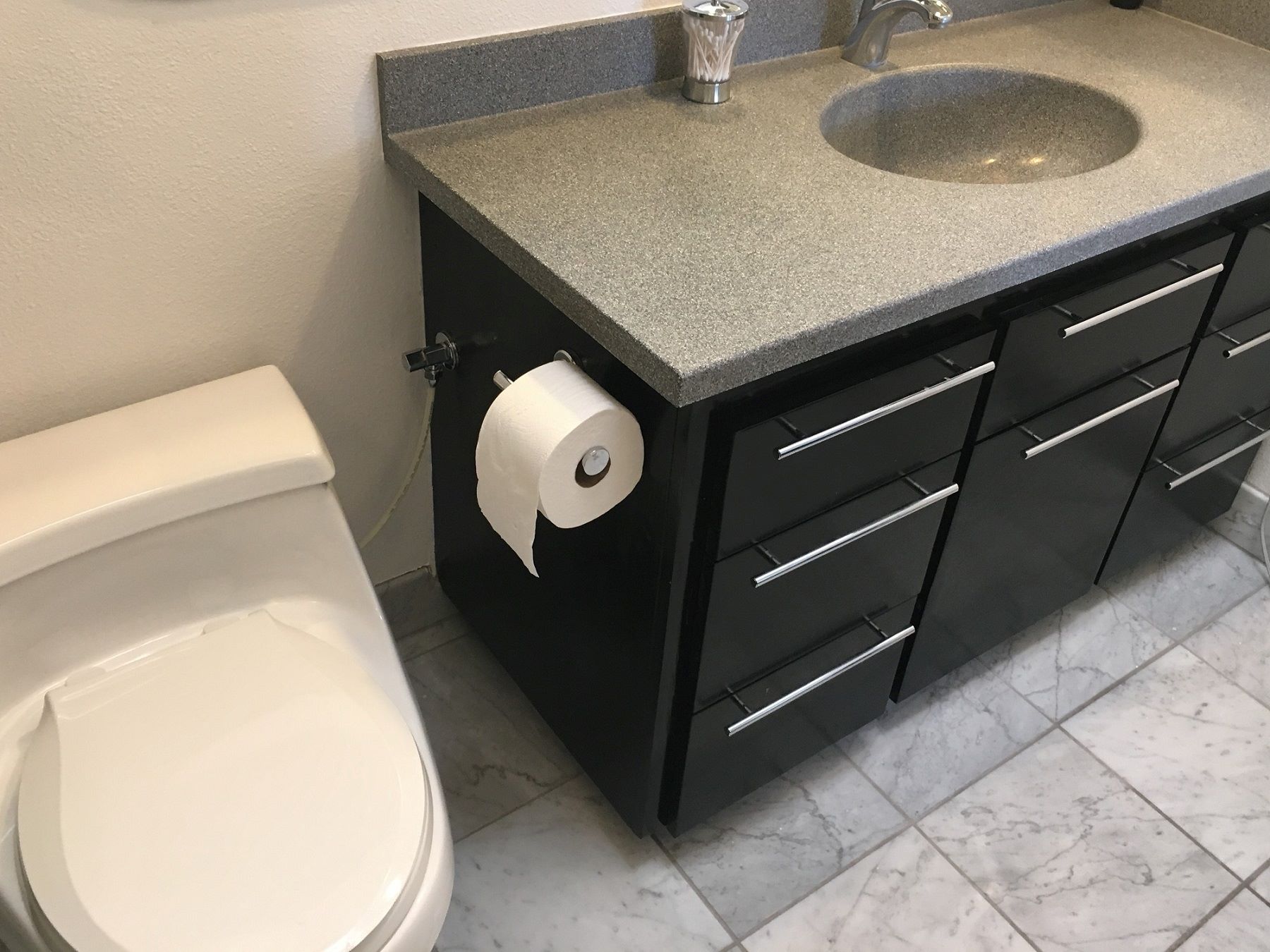
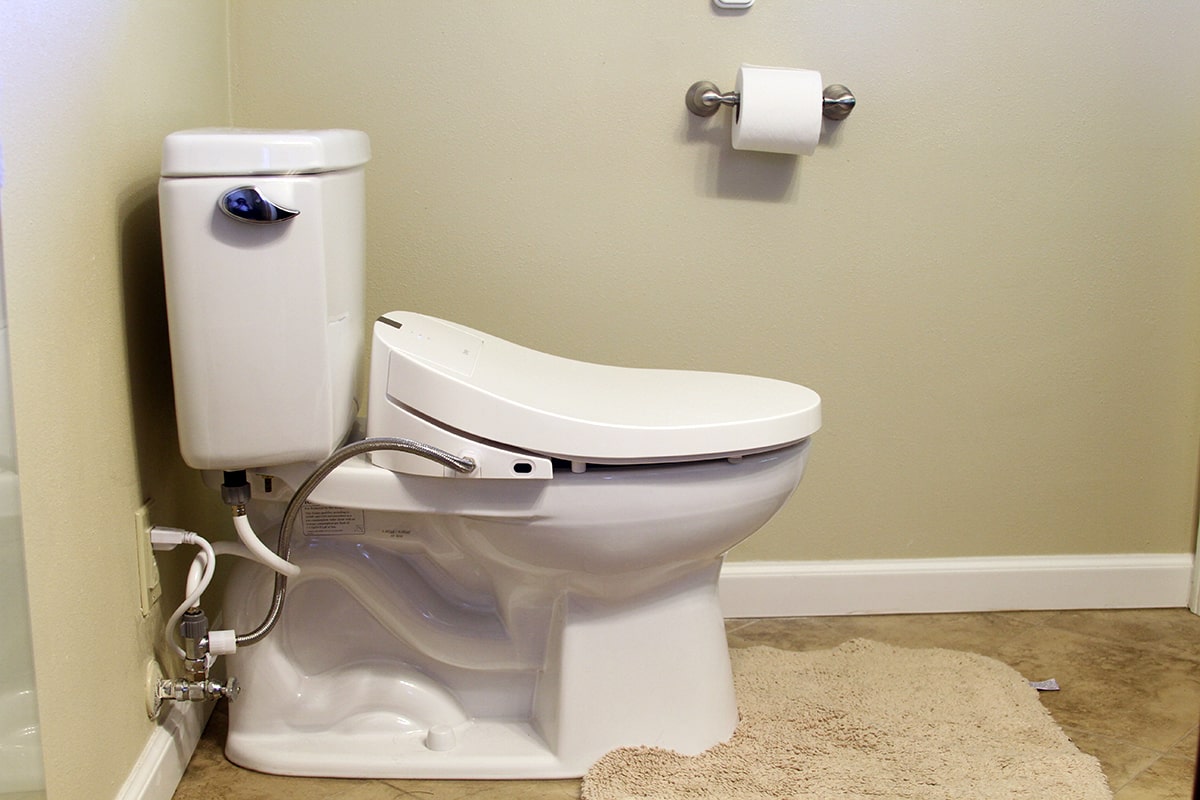
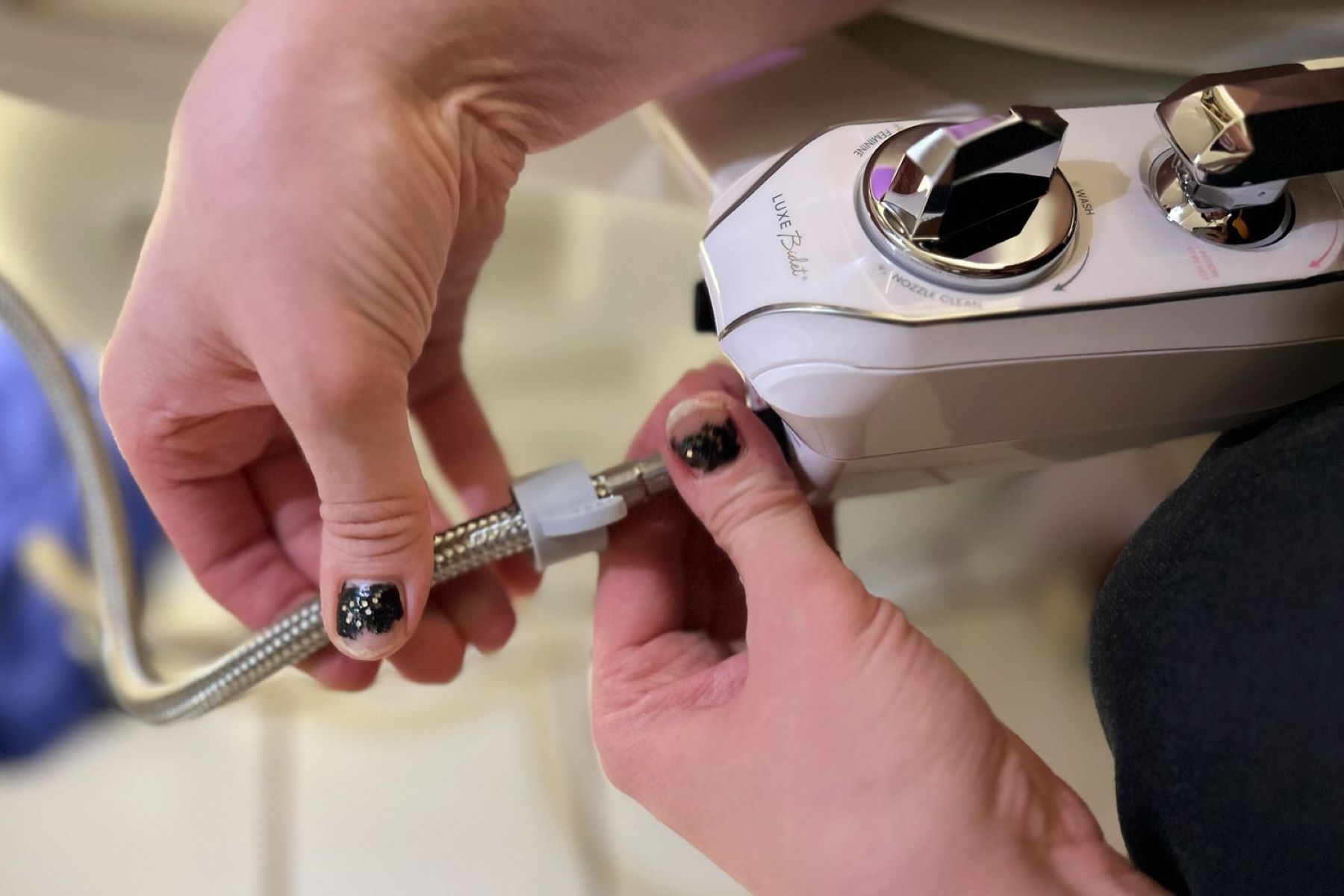
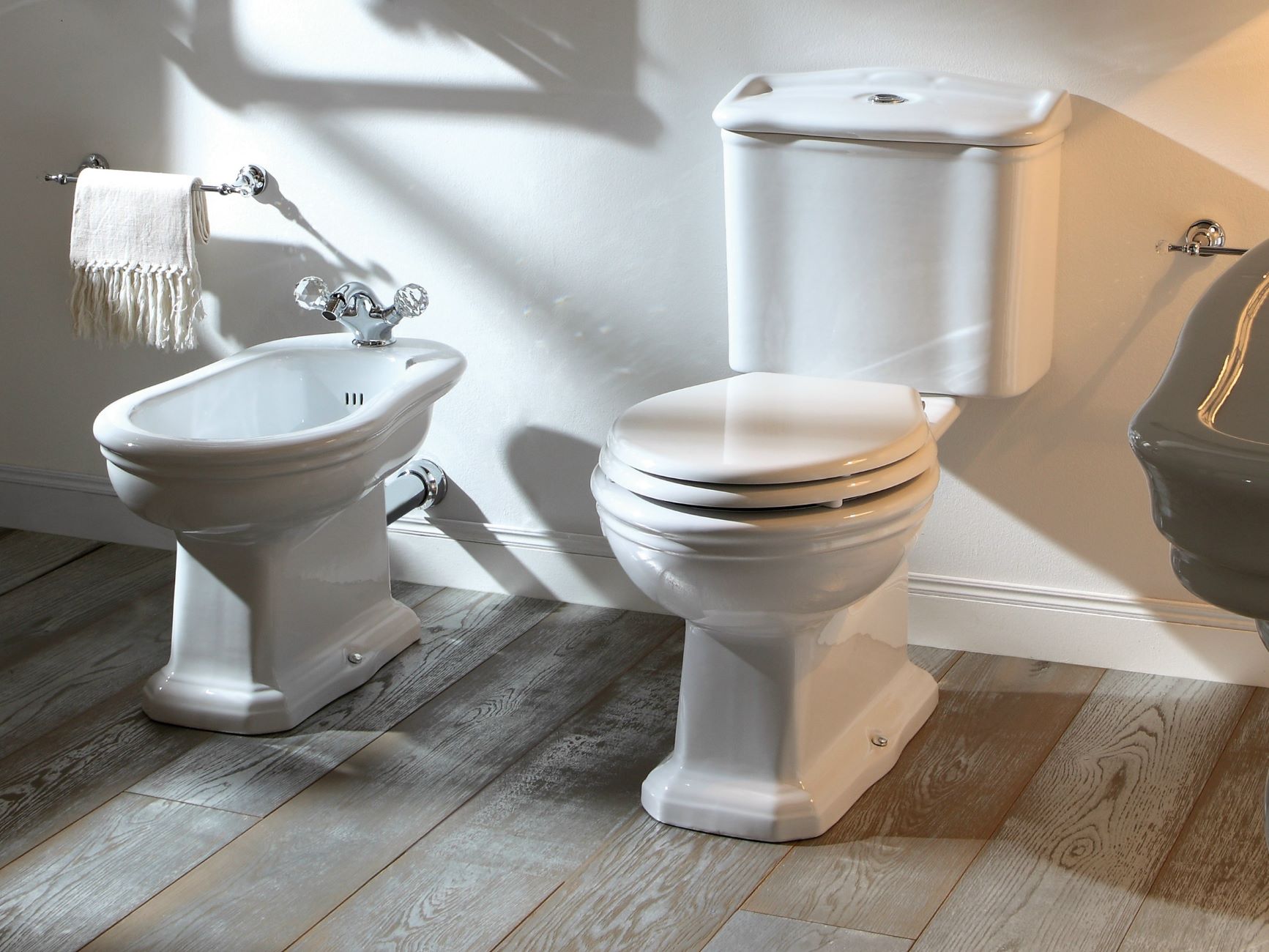
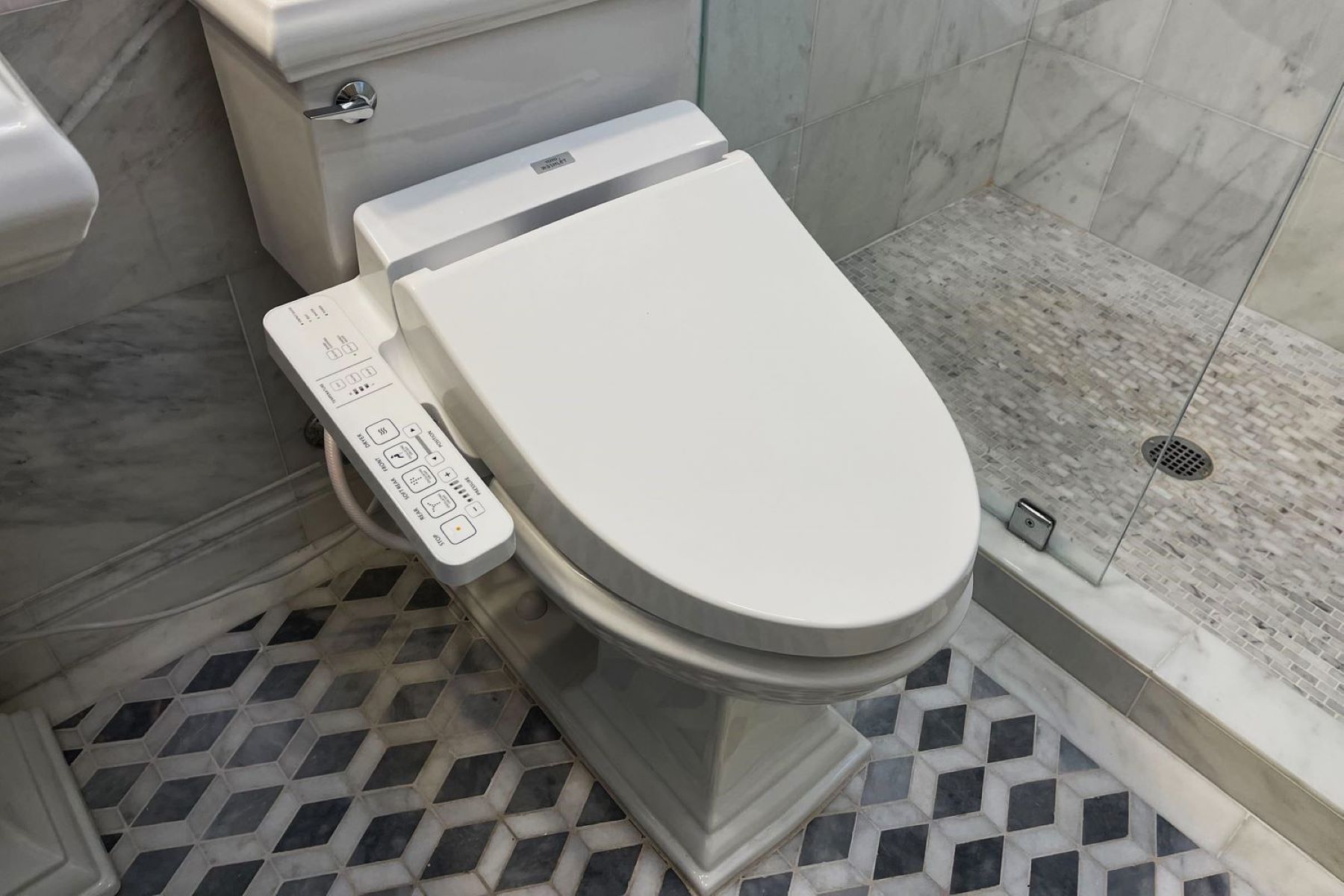
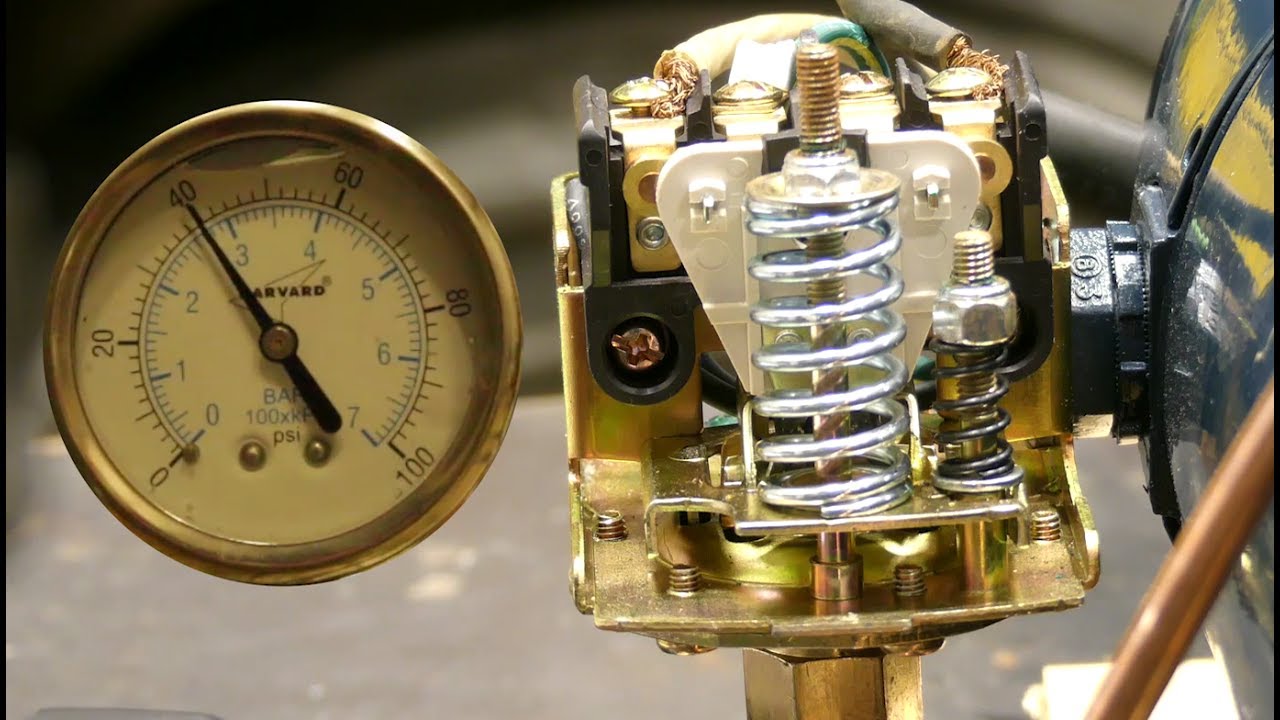
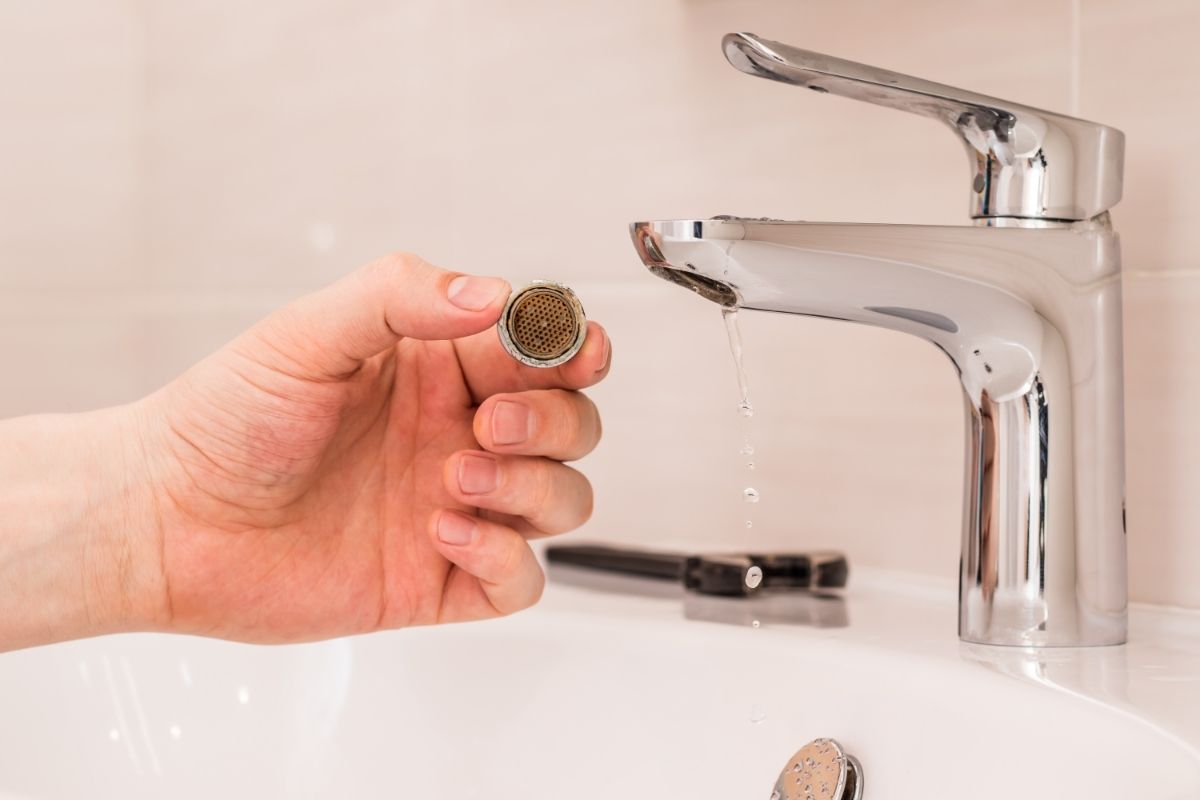
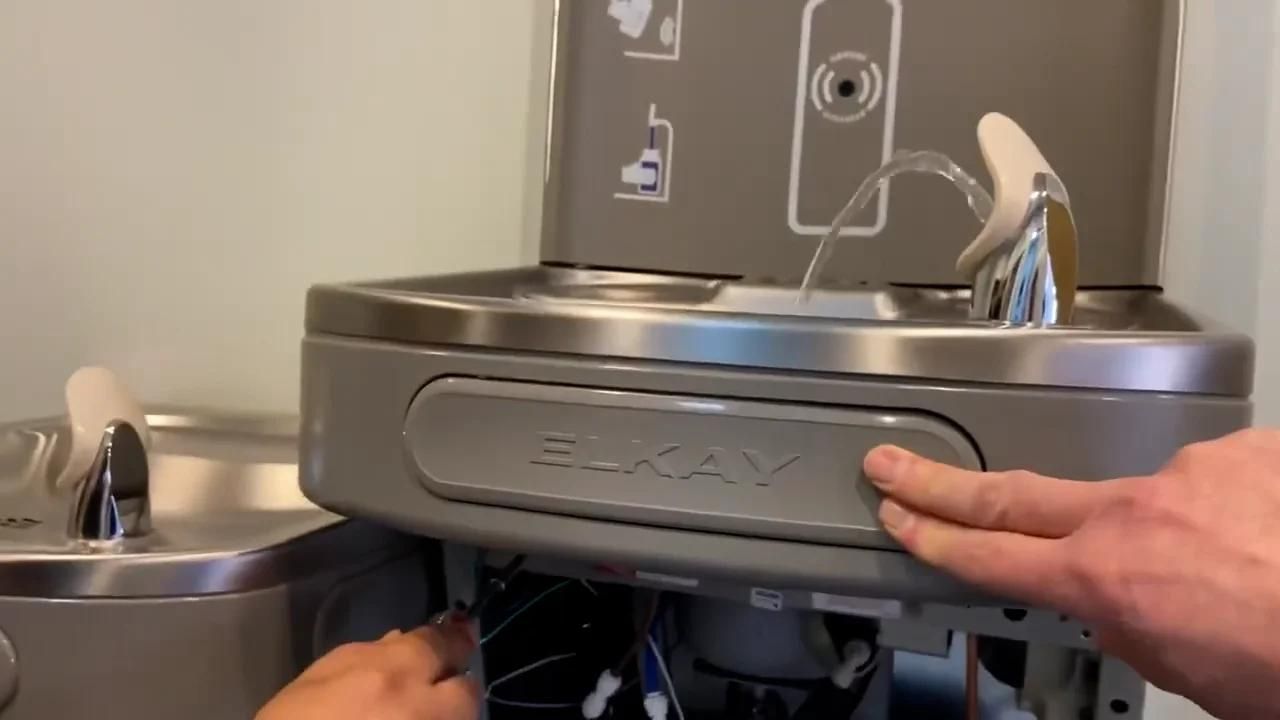

0 thoughts on “How To Increase Water Pressure In Bidet”